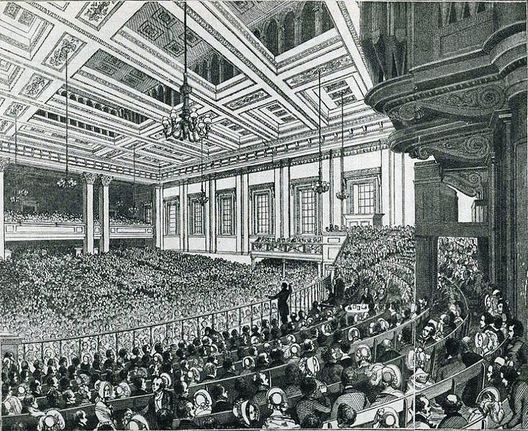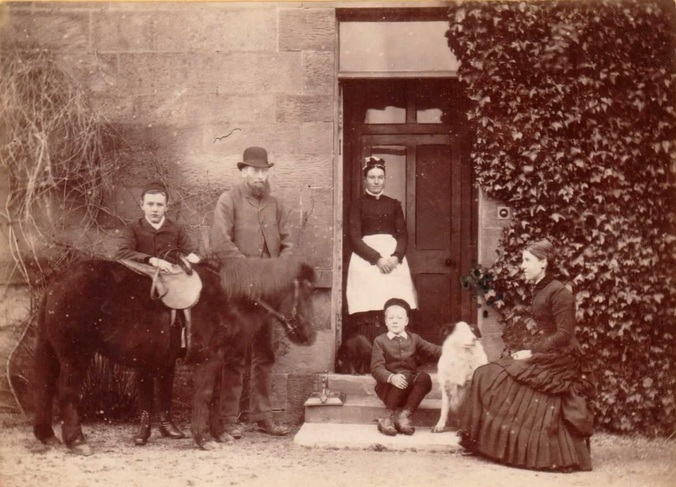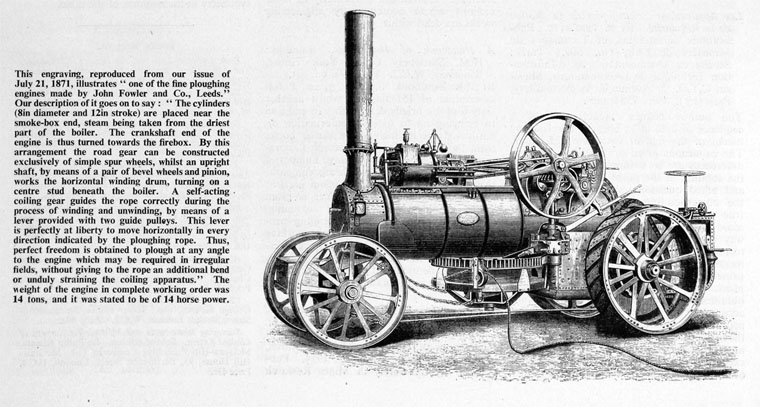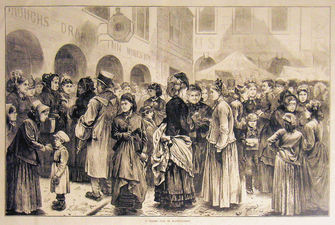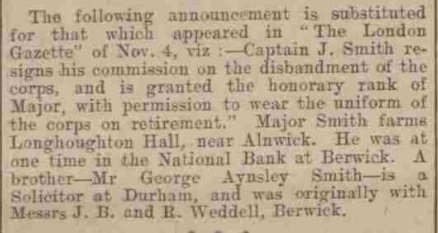IntroductionThis month as well as the WDYTYA Live event in Glasgow, I am preparing to welcome a guest from Minnesota for an ancestral tour of Northumberland. In order to be able to paint a picture of what life would have been like for her family in the early to mid-19th century, I thought it may be an idea to revisit elements of my own farming ancestors during this period. When researching family history it never ceases to amaze me the number of twists and turns it can take. What sometimes appears to be mere coincidence or fate may actually turn out to be have been meticulously planned and executed by our ancestors. The resulting image is full of colour and depth. The problem is it becomes so complex and complete it can be difficult to know where to start! In my case I thought I would start with my early memories of what had been the family farm and home for over 120 years. My Early MemoriesTenants of the Duke of Northumberland, we lived at Peppermoor, a small farm that had been annexed to the main farm of Longhoughton Hall, or "Hall Farm" as it is referred to in the 1861 census, the home of my grandparents, when my own parents married. As my mother worked full time I was often left in the care of my grandmother, whom I loved dearly. Indeed in all the years I knew her I believe we only fell out once, I can’t remember what I had done, but it was harvest time and I was sitting on a bale of straw in the grain shed where we made friends again over a cup of tea and a coffee iced biscuit! Granny was a true country woman who walked for miles every day, pointing out wild flowers and telling stories. A true inspiration to fire the imagination of any young person and I was no exception. 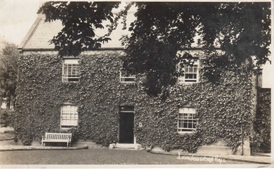 Front of the House from the South Front of the House from the South The house was a great lump of a thing that had evolved over the centuries from a “bastle” or “strong house” (see listing link below) and aggrandised in the early nineteenth century. A maze of passages and steps with not a fitted carpet or radiator in sight! It was perishing. “Jack Frost” was a frequent visitor during the winter months, his intricate patterns of ice so thick I believe they acted as insulation. The décor and paintwork lacked imagination somewhat too, bright red around the kitchen quarters believed to date from as early as the 16th century, and canary yellow to the later, more formal rooms. 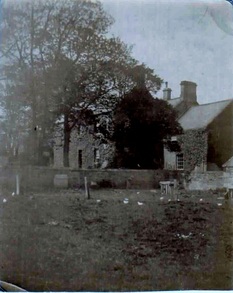 From SE which gives a better idea of the scale From SE which gives a better idea of the scale It was stuck fast in a time warp, bedrooms crammed full of “stuff” with cupboards full of top hats, starched collars, fur coats, old fashioned bathing suits and evening dresses from the 1920’s. I had a fabulous dressing up box! When one room was fit to bursting I am sure they just closed the door and moved on to the next. The same was to be said for outside too. When the last horse had left the house stables the tack room door was just shut and left, the tack still hanging on its pegs, gathering dust and cobwebs. The servant’s bells, long redundant had been removed and spent the rest of their days propping up a wall in an outhouse. Echoes of the past were around every corner, just waiting to tell their story. Details of the House listing can be found here. http://www.gatehouse-gazetteer.info/English%20sites/2717.html "More Food for More People" |
AuthorSusie Douglas Archives
August 2022
Categories |
Copyright © 2013 Borders Ancestry
Borders Ancestry is registered with the Information Commissioner's Office No ZA226102 https://ico.org.uk. Read our Privacy Policy
